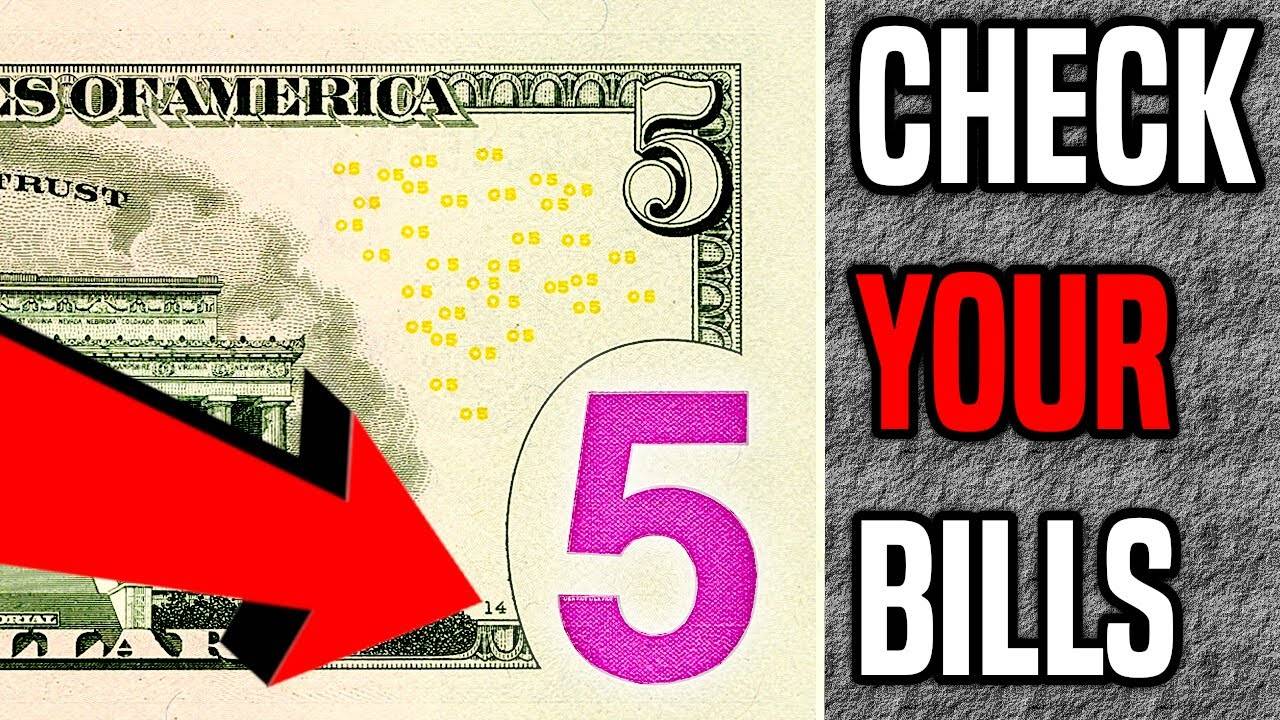Rare $10 Bill Rare $10 bill: Sometimes luck brings you luck in the most unexpected places—whether it’s a cup of coffee or a stack of pancakes. That’s exactly what happened when a simple breakfast turned into an unforgettable jackpot. A rare $10 bill with an upside-down stamp was recently distributed at a small-town restaurant and sold at auction for $86,000.
It’s a story that captivates the imagination – not just for currency collectors, but for anyone who’s ever thought they might have something valuable hidden in their wallet.
Just another morning – until it wasn’t Rare $10 Bill
It was a lazy Sunday morning when Mark Evans, a retired school teacher from Ohio, met a friend for breakfast at a local restaurant. After paying a check for $22, he found a few notes – one of them a $10 bill that looked strange.
Recommended by
Upside-down Seal: A Rare and Costly Mistake
Mark had inadvertently received a $10 Federal Reserve note that had a mistake, specifically, the Treasury’s upside-down seal. On normal notes, the green seal on the right side of the note is perfectly straight and vertical. But on this rare note, the seal was printed upside-down – a mistake so rare that it is considered sacred among currency collectors.
Such printing errors occur when pages of notes are accidentally turned over during the multi-step printing process at the Bureau of Engraving and Printing. Most mistakes are caught quickly and destroyed, but sometimes a mistake slips through — and they become highly sought-after collectors’ items.
From pancakes to auction houses
After taking the note home and searching online, Mark realized the note could be worth far more than its face value. He contacted a currency expert, who confirmed the authenticity of the note and the notable error.
“I couldn’t believe it. To think that something given to me in loose change could be worth thousands of dollars – it just didn’t seem right to me,” Mark said.
Mark then contacted Heritage Auctions, one of the most respected names in rare collectibles. The note was graded and officially listed as a rare misprint in excellent condition. When the auction began, collectors from across the country took notice.
The bidding was fierce, and when the hammer finally fell, the once-simple loose change had reached a whopping $86,000.
Why Error Notes Are So Valuable
Error notes like the Mark sell for high prices due to their extreme rarity, uniqueness, and collectors’ interest. Here are what makes this particular note so attractive:
Reverse seal: One of the most attractive and unusual errors.
Uncirculated status: Despite being in circulation, this note had very little wear.
Authentication and grading: Professional grading increases credibility and value.
High collector demand: U.S. currency errors, especially visual anomalies, have a strong market.
Could you have one, too?
Mark’s incredible story reminds you to pay attention to your loose notes. Notes can be hidden from public view—stashed in wallets, stuffed in drawers, or left unattended on restaurant counters.
Look for:
Upside-down, misaligned or missing seals or serial numbers.
Notes with off-center printing or double images.
Paint or ink marks, especially near seals or edges.
Serial numbers repeated on different notes.
If you notice something unusual, consider having a professional check its authenticity. You might just hit a five-digit jackpot.
A lesson over breakfast
For Mark Evans, the discovery was life-changing—not just financially, but also in perspective.
“It just shows you what life can do to you. Sometimes it’s bacon and eggs, sometimes it’s an $86,000 bill,” he said with a smile.
So the next time you find change—whether it’s at a restaurant, gas station or coffee shop—take a closer look. You might be holding history in your hands.
